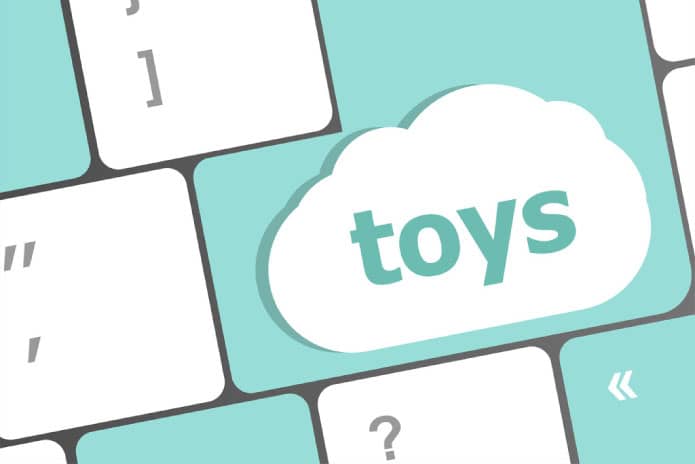The Brazilian toy market performed very well during Black Friday 2024, recording a significant increase in sales compared to the same period last year. According to Circana, a global data tech company for consumer behavior analysis, during Black Friday week, which covers the period from November 25th to December 1st, approximately R$ 108 million in revenue was recorded, representing an 11% increase compared to 2023, when revenue was R$ 97 million.
This year's highlight was the physical channel, which established itself as the main protagonist, with a 15% growth and accounting for 72% of total sales. Meanwhile, the online channel showed a 1% growth. The price difference between the channels also drew attention: at the physical point of sale, the average price was R$ 58.00, approximately R$ 30 less than in e-commerce, which had an average price of R$ 88.00. In the toy market, it is common for the average price of physical stores to be cheaper than online stores, as this is a channel where consumers seek convenience. Online, it is more common to compare the best deals in search of items with higher average prices, analyzes Ana Weber, director of Circana.
The toy categories that stood out the most during Black Friday 2024 were building blocks, with an impressive 51% increase in sales, followed by vehicles with a 30% rise and plush toys with a 23% increase. "These categories followed the upward trend in the market, with consumers increasingly seeking creative and educational options for gifts," explains Ana Weber.
Among the major highlights of the period, some launches and products made it to the top 10 in sales, such as LEGO toys, which boosted their sales with the launch of the McLaren MP4 Ayrton Senna, a great success among consumers. Copag also stood out with its Pokémon card line as one of the most sought-after items. Mattel, with the Barbie Dreamhouse dolls and Barbie Fashion Doll, along with Hot Wheels cars, also captivated consumers.
Top 10 Best Selling Products:
- Barbie Dreamhouse
- Hot Wheels Singles
- Hot Wheels Pack with 5 Cars
- Barbie Fashion Doll
- Lego Icons McLaren MP4 Ayrton Senna
- Lego Classic Creative Box Medium
- Marvel Avengers Doll
- Hot Wheels Color Shifters Color Splash Science Lab Playset
- Hot Wheels Shark Robot Track
- Barbie Color Reveal
For Ana Weber, the significant growth recorded during Black Friday 2024 raises the expectations of the toy sector in Brazil for the end of the year, especially with Christmas approaching. "The upward trend in physical channels, along with the growing popularity of categories such as building blocks, vehicles, and plush toys, is expected to continue driving the market, consolidating Brazil's relevance in the global scene," he analyzes.











